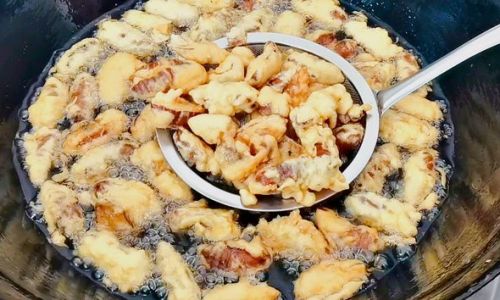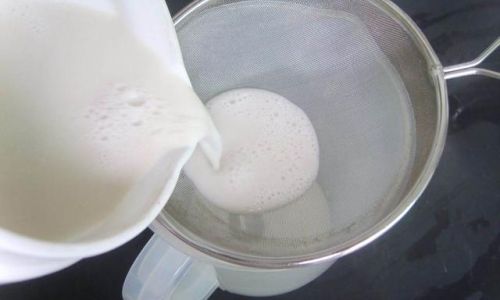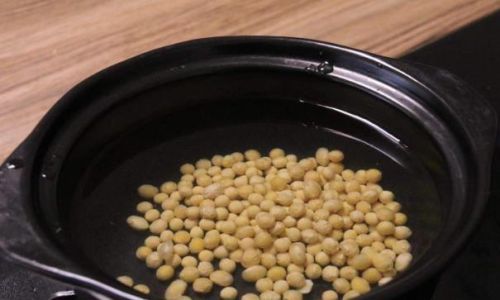Chilled lobster, often regarded as a symbol of culinary elegance, is a dish that effortlessly bridges the gap between simplicity and sophistication. Whether served as a centerpiece at a summer soirée or enjoyed as a luxurious personal indulgence, this preparation method highlights the lobster’s natural sweetness and tender texture. Crafting the perfect chilled lobster requires precision, patience, and an understanding of the delicate balance between cooking techniques and flavor enhancement. This comprehensive guide will walk you through every stage of the process, from selecting the finest live lobsters to presenting a dish that dazzles both the eye and the palate.
Understanding the Allure of Chilled Lobster
Chilled lobster is a staple in coastal cuisines worldwide, prized for its refreshing qualities and ability to shine without heavy sauces or complex seasonings. Unlike hot lobster preparations, which often rely on butter or spices to elevate flavor, chilled lobster celebrates the meat’s inherent brininess and subtle sweetness. When properly prepared, it offers a clean, vibrant taste that pairs beautifully with crisp white wines, light beers, or even a zesty lemonade. This dish is particularly popular in warmer months, as its chilled presentation provides a welcome contrast to seasonal heat.
Selecting the Perfect Lobster
The foundation of any exceptional lobster dish begins with sourcing the finest specimens. Live lobsters are universally recommended for their superior flavor and texture compared to pre-cooked or frozen alternatives. When shopping, look for lobsters that are active, with intact claws and a healthy sheen to their shells. Size matters too: a 1.5-pound lobster typically yields the ideal meat-to-shell ratio, striking a balance between tenderness and visual impact. Avoid lobsters with cracked shells or visible lesions, as these may indicate mishandling or age.

Equipment and Ingredients
Before diving into the cooking process, gather the following essentials:
- Live lobsters (1–2 per person, depending on appetite)
- A large stockpot (8–12 quarts) with a tight-fitting lid
- Tongs or sturdy gloves for handling live lobsters
- Ice bath (a mix of ice and cold water in a bowl or basin)
- Sharp kitchen shears and a sturdy chef’s knife
- Serving platter or individual plates for presentation
- Optional garnishes: lemon wedges, fresh herbs (dill, parsley, chives), microgreens, or edible flowers
For the cooking liquid, a simple court-bouillon—a flavorful broth made by simmering water with aromatics—enhances the lobster’s taste without overpowering it. A basic recipe includes:
- 8 cups water
- 1 lemon, halved
- 1 onion, quartered
- 1 carrot, roughly chopped
- 1 celery stalk, roughly chopped
- 1 bay leaf
- 1 teaspoon black peppercorns
- 2 tablespoons sea salt
Step 1: Humanely Dispatching the Lobster
The ethical treatment of live lobsters is a topic of debate, but many chefs advocate for a swift, humane end before cooking. One method involves placing the lobster in the freezer for 15–20 minutes to induce a dormant state, followed by a quick, precise cut through the crosswise mark between the eyes using a sharp knife. This step is optional but recommended for those sensitive to handling live creatures.
Step 2: Preparing the Cooking Liquid
In a large stockpot, combine the water, lemon halves, onion, carrot, celery, bay leaf, peppercorns, and salt. Bring the mixture to a rolling boil over high heat. The court-bouillon infuses the lobster with subtle aromatic notes, elevating its natural flavor.

Step 3: Cooking the Lobster
Gently lower the lobsters headfirst into the boiling liquid using tongs. This ensures even cooking and prevents the tail from curling excessively. Cover the pot and maintain a vigorous boil. Cooking times vary by size:
- 1 pound: 8–10 minutes
- 5 pounds: 12–14 minutes
- 2 pounds: 15–18 minutes
Resist the urge to overcook, as this results in tough, rubbery meat. The lobster is ready when the shell turns bright red, and the antennae pull out easily.
Step 4: Shocking in Ice Water
Immediately transfer the cooked lobsters to the ice bath using tongs. This critical step halts the cooking process, preserves the meat’s tender texture, and makes the shells easier to crack later. Allow them to chill for 15–20 minutes, or until completely cool to the touch.
Step 5: Extracting the Meat
Once chilled, drain the lobsters and pat them dry with paper towels. Lay each lobster on its back on a cutting board. Twist off the claws and tail, then separate the tail from the body. Use kitchen shears to cut through the tail’s soft undershell, then gently extract the meat in one piece. For the claws, crack them open using the back of a knife or a nutcracker, being careful not to shatter the shell. Remove the cartilage (known as the “tomalley” in the body cavity, which is edible but often discarded for aesthetic reasons).

Step 6: Chilling the Meat
Arrange the extracted lobster meat on a clean plate or tray. Cover loosely with plastic wrap and refrigerate for at least 2 hours, or until thoroughly chilled. This step firms up the meat, making it easier to slice or arrange.
Step 7: Presentation and Garnish
Chilled lobster’s elegance lies in its presentation. For a classic platter, arrange the tail and claw meat on a bed of crushed ice or a bed of greens. Drizzle lightly with olive oil or melted butter, and garnish with lemon wedges, fresh herbs, and a sprinkle of coarse sea salt. For a modern twist, serve the meat atop avocado slices, mango salsa, or a quinoa salad.
Sauces and Accompaniments
While chilled lobster is delicious on its own, the right sauce elevates it to gourmet status. Consider these options:
- Lemon-Herb Butter: Whisk together melted butter, lemon zest, minced garlic, and chopped tarragon.
- Cocktail Sauce: Combine ketchup, horseradish, Worcestershire sauce, and a splash of lemon juice.
- Aioli: Emulsify egg yolks, garlic, Dijon mustard, and olive oil; season with smoked paprika.
- Mignonette: A French classic made with shallots, vinegar, and cracked pepper.
Pair the lobster with complementary sides such as grilled asparagus, roasted new potatoes, or a crisp garden salad.

Troubleshooting Common Pitfalls
- Overcooking: Lobster meat turns opaque and firm when done. If it appears stringy or dry, reduce cooking time next time.
- Undercooking: Raw lobster meat is translucent and gelatinous. Always ensure the shell is bright red and the meat is opaque.
- Shell Shards: Use kitchen shears to cut along the tail’s undershell for easier meat removal.
- Storage: Leftover lobster meat can be stored in an airtight container for up to 2 days, but it’s best enjoyed fresh.
Variations and Creative Twists
Chilled lobster’s versatility lends itself to endless experimentation:
- Grilled Lobster: Halve live lobsters lengthwise, grill flesh-side down, and serve chilled with chimichurri.
- Sous-Vide Lobster: Cook lobster tails in a water bath at 140°F (60°C) for 30 minutes, then shock and chill.
- Lobster Rolls: Toss chilled meat with mayo, celery, and lemon juice; serve in a buttered brioche roll.
- Ceviche-Style: Marinate lobster in citrus juice, coconut milk, and chili for a tropical twist.
The Ethics of Lobster Consumption
While lobster is a culinary treasure, ethical sourcing is paramount. Opt for lobsters caught using sustainable methods, and support fisheries that adhere to strict environmental regulations. Avoid species listed as endangered or overfished.
Conclusion
Chilled lobster is a testament to the beauty of minimalist cooking—a dish where the ingredient’s quality takes center stage. By mastering the techniques of humane dispatch, precise cooking, and elegant presentation, you can transform this crustacean into a masterpiece that delights the senses. Whether hosting a dinner party or treating yourself to a luxurious meal, chilled lobster is a rewarding endeavor that pays dividends in flavor and finesse. So boil that pot, chill that meat, and savor the fruits of your labor—one succulent bite at a time.





0 comments